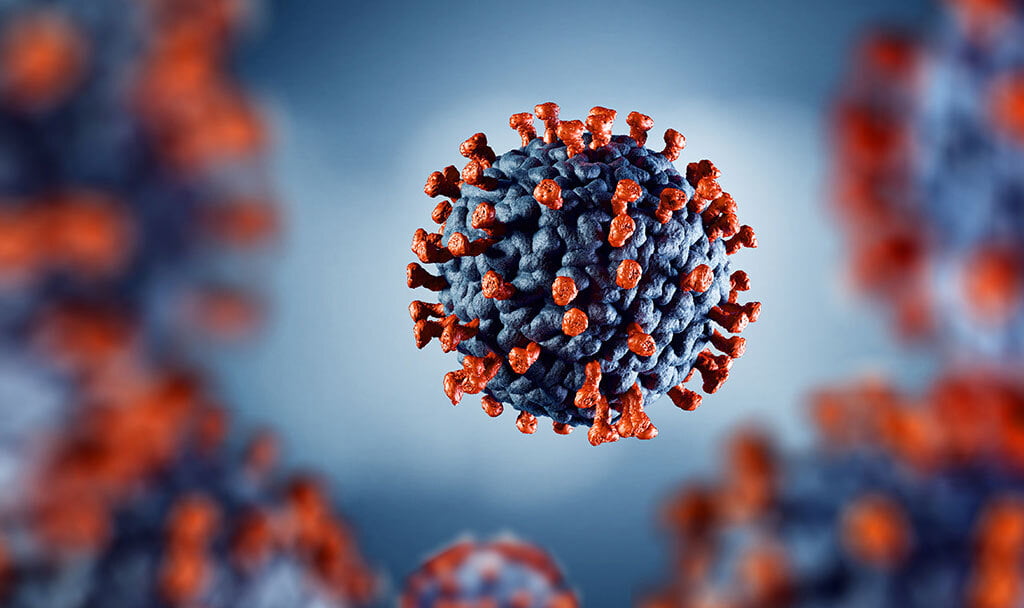With the recent rise in flu cases, there has been speculation about whether COVID-19 works like flu viruses. The short answer is that it doesn't, but the long answer is more complicated than that. Both COVID-19 and flu are respiratory illnesses, so it makes sense that people would expect them to be similar. However, the matter is that COVID-19 works on adenovirus infections while flu works on influenza viruses. There are many differences between COVID-19 and flu, so it's essential to understand what you're getting when you get one of these treatments.
How COVID-19 and Flu Are Spread
While there are several similarities between COVID-19 and flu, there are also some significant differences. One of these is how they spread. The flu is airborne; you can get it by breathing in tiny droplets that come from someone who already has it or when you cough or sneeze (which is why covering your mouth when you cough or sneeze is important). A person could even get sick if they touch a surface with flu germs and then touch their eyes, nose, or mouth before washing their hands. However, COVID-19 isn't usually passed by coughing and sneezing but is mainly passed by sexual contact.
COVID-19 and Flu Complications
Many people who get both flu and COVID-19 develop complications, such as pneumonia. Pneumonia is an infection of your lungs and breathing tubes. It can cause fluid to build up in your lungs and around your heart, making it hard to breathe and increasing your risk of life-threatening health problems like heart failure. Your doctor will treat flu or other infections with antiviral drugs that work against certain viruses (such as influenza). These drugs don't work against bacterial infections like pneumonia. Some doctors may prescribe antibiotics to help treat severe cases of pneumonia if no other treatment works. Still, overuse of antibiotics can lead to antibiotic resistance—which means you won't be able to fight infections in years or decades down the road when they may matter most.
COVID-19 and Flu Causes
COVID-19 and flu are both diseases that affect your respiratory system. These two ailments can be difficult to diagnose in their early stages because they share many symptoms (coughing, muscle aches, fever). It's important to note that it's essential to see a medical professional right away if you think you might have either of these conditions. This is especially true if you suspect that one of them might cause complications for your child or baby.
COVID-19 and Flu Symptoms
The symptoms of COVID-19 are very similar to flu symptoms. Those infected with it experience body aches, chills, headaches, muscle pain, and low fever. While both ailments have similar symptoms, they are caused by different things. Flu is typically caused by a virus, while COVID-19 is usually triggered by bacterial toxins in food or water. The main difference between these two illnesses is that fevers and aches usually subside after a week or so of being sick with flu. In contrast, those infected with COVID-19 do not experience such relief and will suffer from these ailments for up to 2 weeks before recovering fully.
COVID-19 and Flu Treatments


